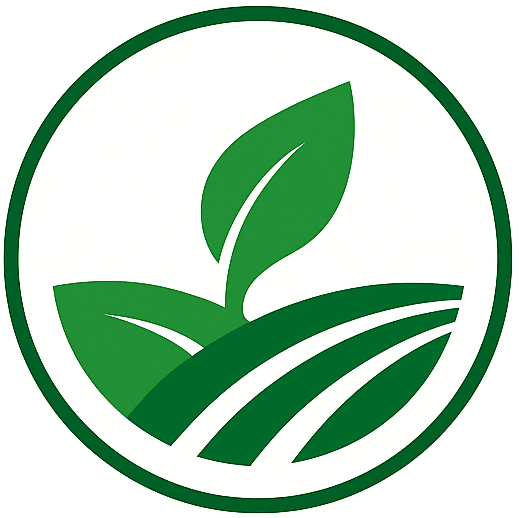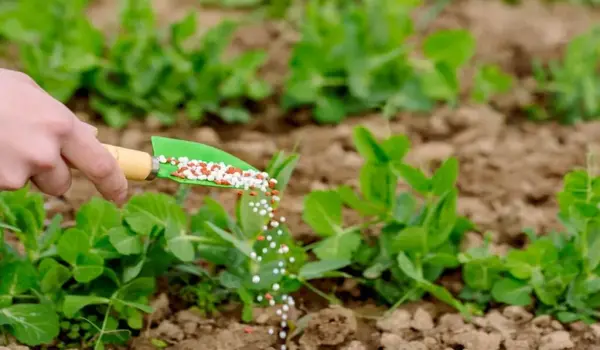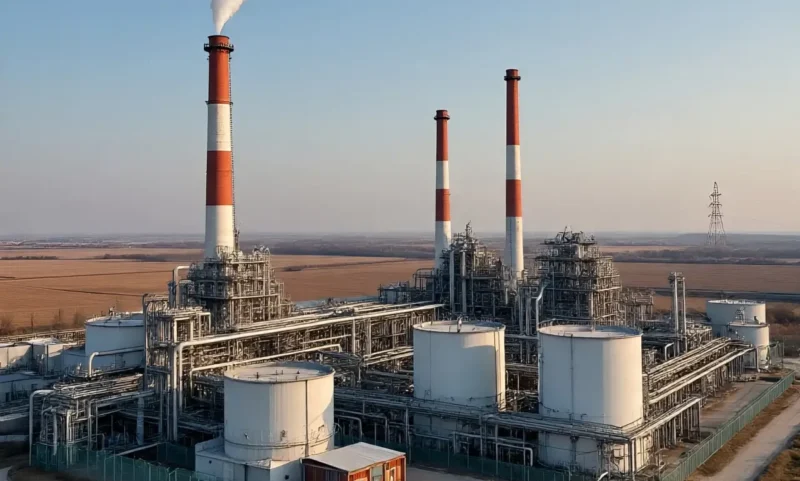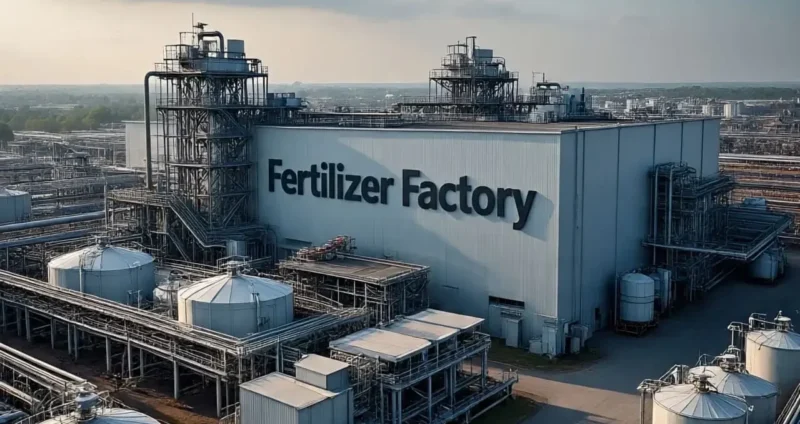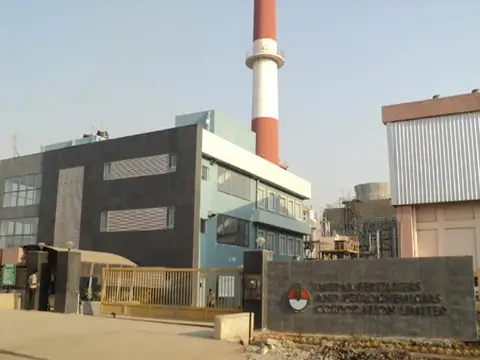India’s fertilizer market witnessed a notable shift this year, with the decline in Di-Ammonium Phosphate (DAP) sales paving the way for increased demand for other fertilizers. Among these, Muriate of Potash (MOP) recorded the highest growth, signaling a significant change in farmers’ preferences.
Decline in DAP Sales
DAP sales saw a drop of 12.7%, with total sales reaching 8.6 million tons. The reduced demand for this phosphatic fertilizer highlights a shift in the market dynamics as farmers explore alternative solutions for crop nutrition.
Surge in MOP Demand
In contrast, MOP sales surged by 31%, reaching 1.7 million tons. The increasing demand for potash-based fertilizers reflects their importance in improving crop quality and soil health, making them a preferred choice for many farmers.
Rising Popularity of Complex Fertilizers
Complex fertilizers, which provide a balanced mix of nitrogen, phosphorus, potash, and sulfur, saw a 27% increase in sales, totaling 12.2 million tons. Farmers are increasingly opting for these fertilizers to ensure balanced nutrition and enhance crop yields.
Steady Growth in Urea Sales
Urea sales also showed consistent growth, increasing by 6.4%. Total sales rose from 28.2 million tons last year to 30 million tons this year, reaffirming its position as the most widely used fertilizer in India.
Reduced Imports, Increased Self-Reliance
While domestic sales grew, fertilizer imports declined significantly due to government initiatives to boost self-reliance. Total imports during April-December 2024 fell by 18.4% to 12.05 million tons. DAP imports dropped by 19.1%, while MOP imports increased by 15.3%, reaching 2.17 million tons.
Focus on Nano DAP
The government is now focusing on promoting Nano DAP, similar to its efforts with Nano Urea. This innovation aims to reduce the consumption of traditional phosphatic fertilizers while maintaining crop productivity, paving the way for more sustainable agricultural practices.
Increased Subsidies for Farmers
The government has significantly increased fertilizer subsidies to provide price stability for farmers. A total of ₹1.64 lakh crore has been allocated for subsidies, with DAP subsidies revised multiple times to maintain prices at ₹1,350 per bag.
Conclusion
The decline in DAP sales and the simultaneous rise in demand for MOP and complex fertilizers indicate a shift towards balanced crop nutrition. This evolving trend, supported by government policies and technological advancements, underscores India’s progress toward achieving self-reliance in fertilizer production while promoting sustainable agricultural practices.
